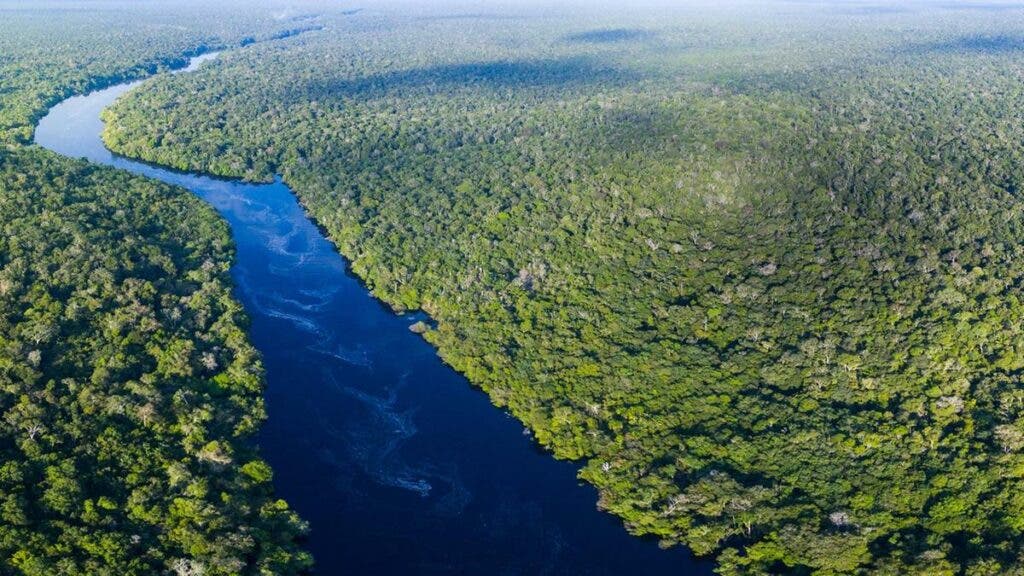An area 11 times the size of New York City could be incinerated this year in the Brazilian Amazon as the annual fire season is set to begin soon. A new report warns that the country could see a “catastrophe” if the peak of the fires overlaps with the current coronavirus epidemic.

According to the Institute for Environmental Research in the Amazon (IPAM), as many as 4,500 square kilometers (1,740 square miles) have already been readied for burns starting July, when the region’s dry season and blazes begin. This would be larger than the forest fires registered last year — when images of the burning Amazon circled the world, shocking readers from all corners of the planet.
Every year, farmers around the Amazon burn down some parts of the rainforest to expand farming activity. Sometimes, the burns are legal; other times, they are not.
As president Jair Bolsonaro continues to cut down on environmental protections, this year is shaping up to be a disaster for the Amazon.
The burned area could even double to some 9,000 square kilometers as tree felling continues, said IPAM, citing data from Brazil’s national space institute. Researchers have already detected the “first major fire of 2020” in the Brazilian Amazon three months ahead of the fire season, so the outlook isn’t positive.
Unlike last year, little stands now on the way of growing deforestation in Brazil. The government officials that have to patrol the rainforest have been sidelined due to the coronavirus pandemic, which has been used by the Brazilian government as an opportunity to weaken environmental regulations and enforcement.
“Deforestation is almost entirely a reflection of public policy signals from President Bolsonaro’s government,” Tasso Azevedo, general coordinator at MapBiomas, a land-use monitoring platform, told Bloomberg. “And what he’s signaling is that illegal actors won’t be punished.”
The smoke generated by a larger fire season could aggravate the chaotic situation caused by the coronavirus outbreak in Brazil. The country already has the world’s second-highest number of cases, at 672,846, according to the Johns Hopkins University site, with growing concerns on the country’s most vulnerable communities. Adding the burden of respiratory problems caused by rainforest burning could be catastrophic for the country’s health system.
Last year, air pollution rose 53% in the Amazon cities near the burned forest and the number of respiratory conditions surged. Health clinics and hospitals in Brazil typically see an increase in patients in the periods when the country experiences forest fires. But beds are already occupied by those infected with the coronavirus. The northern areas of Brazil could see the higher risk, as its death rates from coronavirus exceed by twice the national average.
President Bolsonaro has repeatedly dismissed the criticism towards the situation at the Amazon, claiming the rainforest belongs to Brazil and that its natural resources should be used for the economic development of the country. Foreign interest on the Amazon is only due to countries’ desire to control its mineral resources, he has said.
Defiantly, the country’s Environment Minister Ricardo Salles had said the government should take advantage of the fact that people are distracted by the coronavirus epidemic to move forward in the deregulation of environmental policies. “We have to push through and change all the rules,” he said.









